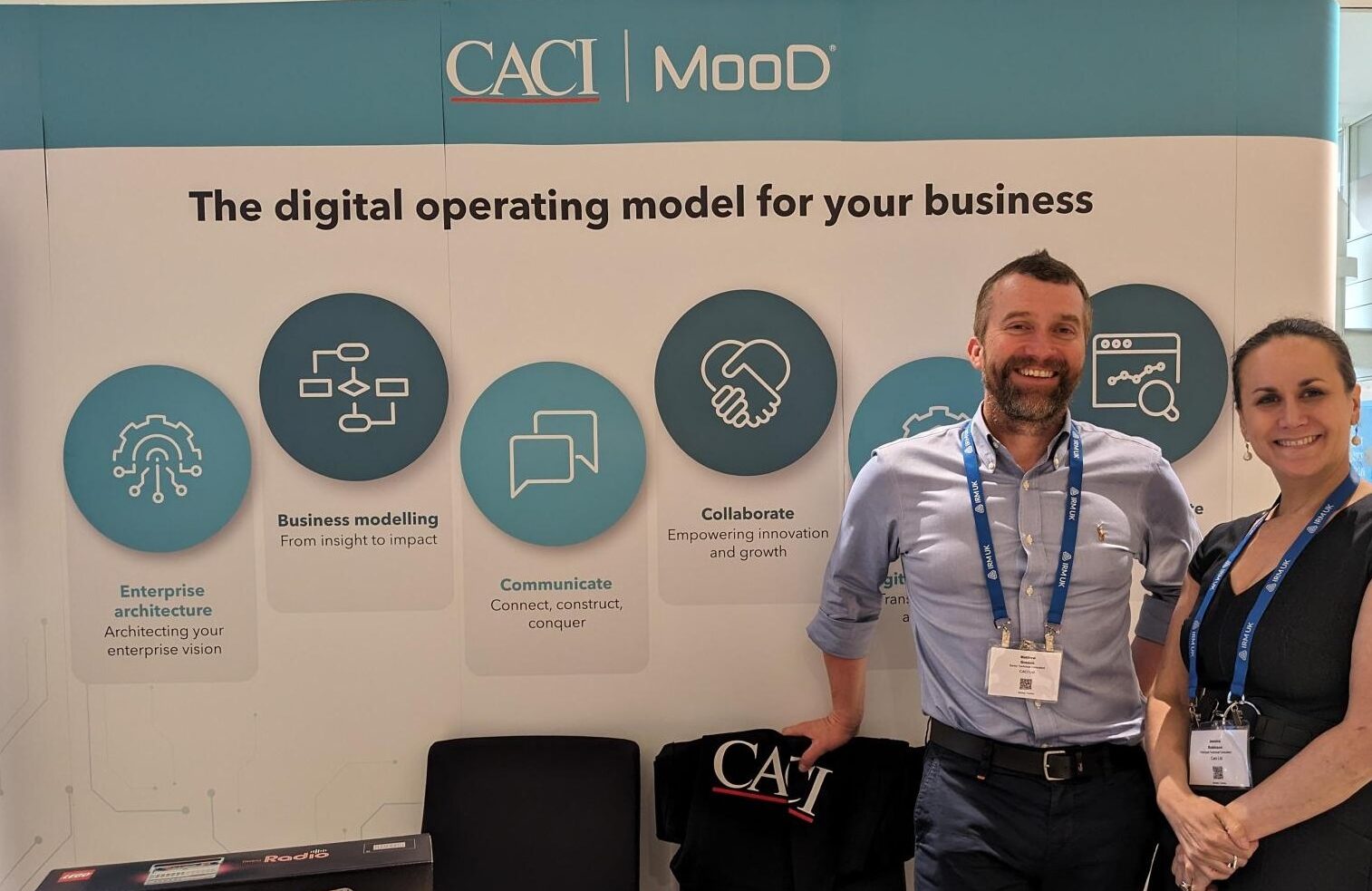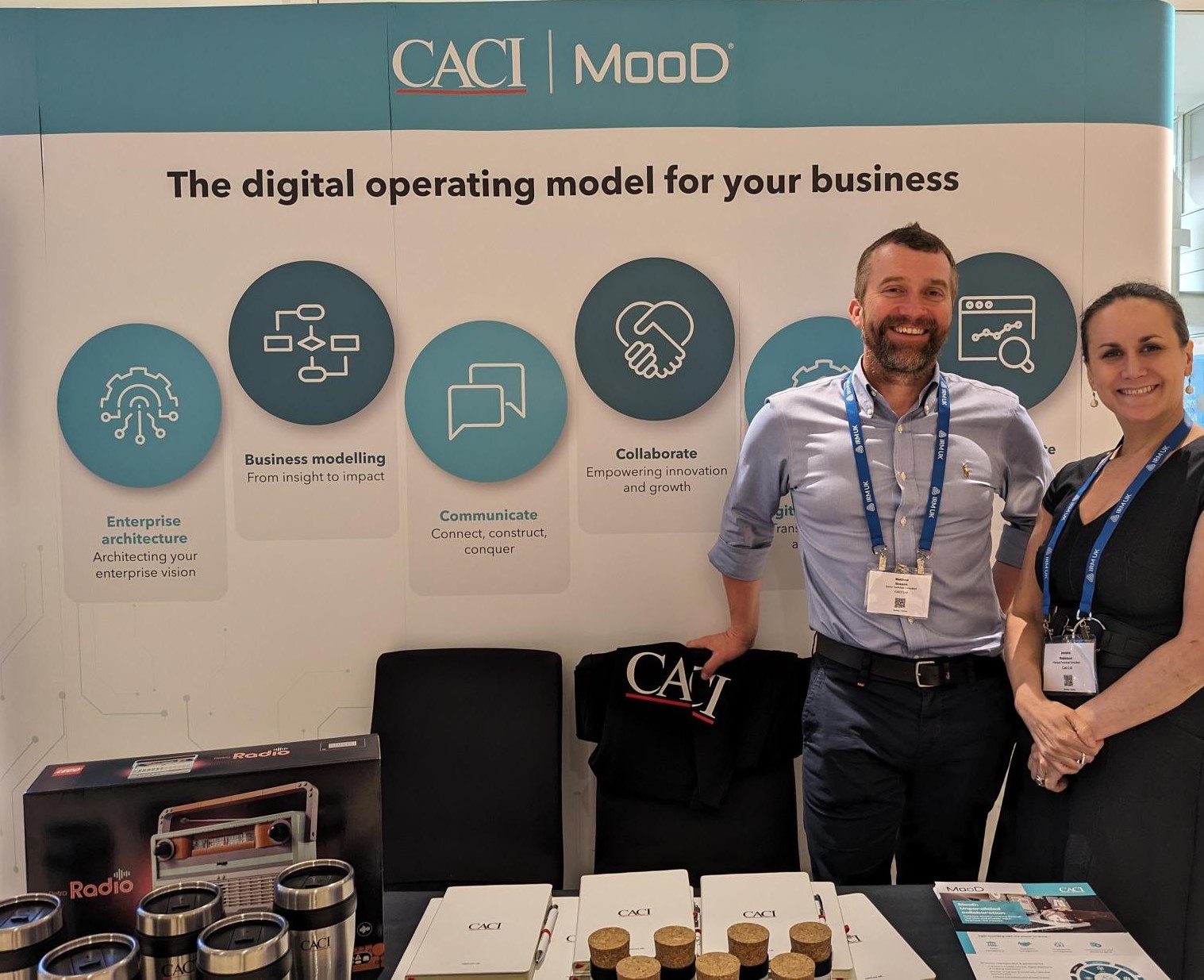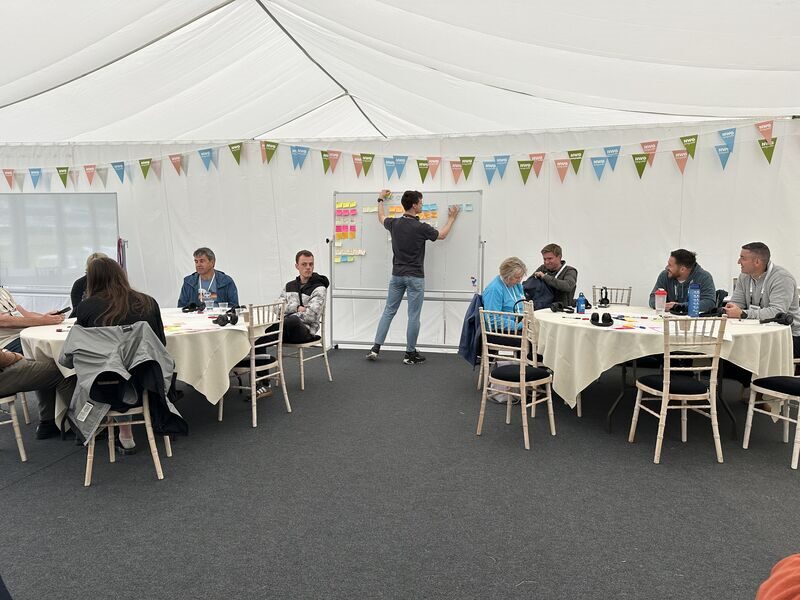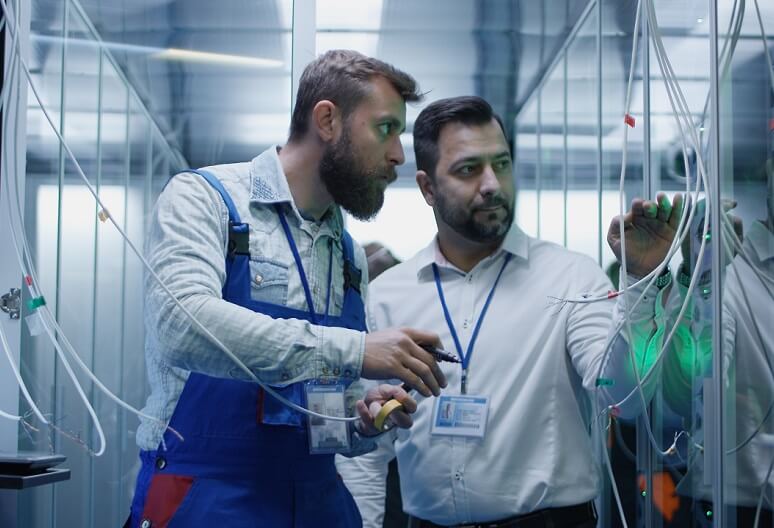In the first part of our case study with Milton Keynes Youth Offending Team we explored how the team uses ChildView. We examined how the system supports the team’s administrative functions such as reporting, and how the YOT is supported by CACI. In this, the second part of the case study, we sat down with Diz Minnitt, head of youth justice and support service at Milton Keynes, to look at the benefits ChildView has brought to the council outside of its office walls. How does ChildView support work with vulnerable young people in a rapidly expanding population? What tangible difference does flexible reporting bring to the YOT? How does technology help to join the dots in each young person’s journey to provide a single view of them, helping to improve outcomes and reduce elements such as reoffending? How can systems support in identifying more unmet earlier, to help with prevention?
We start by taking a broader perspective on the multi-agency approach within Milton Keynes. The MK Together Safeguarding Partnership brings together senior leaders from key agencies in Milton Keynes to agree ways to co-ordinate local safeguarding services, act as a strategic leadership group in supporting and engaging others and implement local and national learning, including from serious child safeguarding incidents. It has created an improvement in communication and accountability with the right people routinely updated.
“Working within this context has provided an opportunity for us to advocate on the part of people and families that the local authorities are working with,” begins Diz. “These are very vulnerable people and families; children in care, children in need and youth with unmet needs who are in the criminal justice system. We’re really starting to realise the importance of unmet needs and increasing our understanding of what stronger partnership working can achieve.”
Unmet needs – speech, language and communication needs (SLCN)
Following research and partnership work with the Association of Youth Offending Team Managers AYM in 2016, Diz told us about his original focus on identifying speech and language needs and developing what the YOS could do to help. “Following professor Karen Bryan’s original study in 2007, which identified 60% of children in contact with YOTs as having speech, language and communication needs, in 2008 we undertook our own four-month study with a speech and language therapist.
“We focused the assessments on key sub-groups in the service, those with repeat offending, disrupted education history or no education provision and those with suspected SEND (special educational needs and disabilities), and what we found was that 88% of these groups had significant SLCN – significantly higher than professor Bryan’s 60%.
“This was much closer to Prof Bryan’s figure of 60-90% for young people in custody, but what it highlighted was that there was a majority of those in contact with the service who had undiagnosed SLCN. Furthermore, these needs are very difficult to spot without a full assessment and hence are often referred to as hidden disabilities.
“Having effectively tested and proved the findings of professor Bryan’s academic study as a local reality in the high risk groups, particularly among young people who are repeat offenders, it was clear to me that such crucial unmet needs should inform youth justice and prevention practice across the entire system. Communication and the understanding that comes from this is key to thinking, processing, anticipating and understanding consequences. If we carried on as if children automatically have these skills, when it was clear they don’t, this was a recipe for failure carrying consequences for these children and for the rest of society.”
Connecting multiple agencies and teams
“It’s essential to reflect the importance of interconnection to this, too,” says Diz. “Most organisations, even those within the same local authority, frequently operate in siloes. They focus and prioritise the work that they need to do, that applies directly to them. However, achieving shared applied learning across the whole system to real life situations is the real world challenge and ultimately helps in achieving the goal of improving outcomes for vulnerable children.
“For example, it’s very clear that there’s an increased chance of a child with unmet needs entering the youth justice system. With the right focus this risk can be significantly reduced. Where people do not take a holistic view of this known risk, opportunities get missed and all professionals and departments don’t get the benefit from the insights and feedback that come from identification.”
Funding new projects, finding evidence
“For a new prevention project, you can only get funding once there’s a proof of concept,” explains Diz. “The SEND team at Milton Keynes initially picked up the bill for the speech and language therapy provision after the initial four-month funded period as they could see the benefits it would bring. Further funding for speech and language therapists was then obtained from NHS England, the Office for the Police and Crime Commissioner, the Home Office and most recently as part of Turnaround funding.
“This has consistently increased our screening and assessment capacity, meaning that we could identify SLCN earlier and can now clearly evidence that 88% of children and young people in contact with the service have SLCN. Milton Keynes is now one of a handful of youth justice services in the UK with speech and language therapists (SLTs) embedded in the team where an SLCN assessment is conducted by an SLT with every child.
“These assessments enable all of those professionals working with the child and their family to have greater insight, providing real opportunities for coherent, coordinated working with the child’s needs at the forefront.
“This complements the wider SEND focus and the understanding of needs arising from adverse childhood experiences amongst children across Milton Keynes. It also helps us to target interconnection with other parts of Milton Keynes’s services.”
“Like many Youth Offending Services we were in a position where we could see the impact as other services were cut due to the impact of austerity measures around funding. We had already begun to see the benefit of SLCN assessments and we had the evidence that children coming into the YJ system weren’t having their needs identified prior to contact with the YOT.
“As SEND support to schools started to be charged for we could see a nightmare scenario with the levels of children with previously unrecognised and unmet needs increasing as a direct consequence of schools being forced to make challenging decisions about how they use their reducing resources.
“To seek to counteract this predicted increase we started working with both secondary and primary schools offering SLCN assessments for their children who were at greatest risk of exclusion. With these assessments we discovered that 96% of those that schools had considered excluding have SLCN, confirming the ‘hidden disability’ impact of SLCN.
Promoting Reintegration Reducing Exclusion
“As well as providing free assessments to the schools, we also provided free specialist training around how to work effectively with children with SLCN and a host of other associated SEND needs. This removed a barrier as schools were no longer having to justify difficult choices with their budgets and enabled schools to develop better ways to support individual children and to adapt the whole school environment to enable swifter identification and support for those children with SLCN.
“This approach also supported a more compassionate way of thinking regarding challenging behaviour as we stress that, supported by the evidence, behaviour is an indicator of underlying causes that needs to be explored and understood.
“We have connected with different organisations to establish and evidence the research links and we saw more interconnects and overlaps with ACEs and SLCN. SLCN is not the only need, but its identification is frequently indicative of other symptoms of complex underlying needs. Identifying SLCN can trigger the process of further investigation.
“This overall approach is based upon our increasing knowledge of the needs that ultimately result in children finding themselves in the youth justice system. We can see clearly when this journey starts to arise and by definition the more we can go up these known tributaries to identify and meet needs earlier the more we can prevent children from being excluded from school, moved into alternative education or placed on part time timetables, finding themselves exploited or involved in offending behaviour.
“We need to use all of the information available to intelligently adapt the system collectively to identify and meet needs earlier. These children do not have the luxury of pausing, rewinding and replaying their lives if we collectively as professionals get it wrong or lack diligence and professional curiosity in our approach.”
“Childview has proved essential in enabling us to capture and extract the data needed for the evaluation of Promoting Reintegration Reducing Exclusion (PRRE) that has been undertaken by the Cambridge Institute of Criminology (CIC) in Cambridge University. The CIC are due to present their report imminently, but this was commissioned following some of the early indicators of PRRE which highlighted that we potentially see examples of unconscious adultification of children. The current systems in schools can become too focused on the behaviours without seeing beyond these to other symptoms and root causes of that behaviour. They can fail to understand reasons for the presenting behaviour and therefore can act to exclude prematurely.”
Data driven decisions
“With the introduction of the Early Support Project in 2018 we saw a 25% reduction in first time entrants to the youth justice system in its first 12 months.
“Milton Keynes is growing rapidly as a city and our resources haven’t always been tailored to match this growth. There has been an increase in gang-related activities post-Covid with an increase in the number of children coming into the system who were previously unknown to our services and those of key partner agencies. This reinforces the importance for us to act earlier.
“Milton Keynes also has a very young population which means a larger population pool of potential first time entrants into our youth justice system. Following an increase in knife related offences we developed a new strand of the ESP, ACT-Now which is focused explicitly on this area. Our ACT-Now model works by establishing direct contact with a young person whilst they are still in police custody within 90-minutes of us being contacted by the police. We then have a follow up visit with the young person and parents/carers within 48 hours to agree how we can work with them voluntarily. This has led to very positive engagement and a very low level of reoffending to date by those children who have been supported using this model. None of the reoffending to date (around 5%) has related to further knife carrying.
“The ACT-Now work has been funded by the Police and Crime Commissioner and the initial success led to the same approach being funded by him to operate in Slough and other parts of the Thames Valley area are being considered for further expansion. ACT-Now is being viewed very positively by the Home Secretary who is monitoring progress with the approach and it has recently been shared as a model of best practice amongst the network of police and crime commissioners.
“As well as significantly increasing timeliness of dealing with these offences, which is crucial for young people to understand the consequences of their actions, we are seeing improved outcomes for these young people and reduced reoffending rates.
“The cost argument is very effective for the police. Their approach is different to ours, but the outcomes are mutually beneficial. It’s cost effective and demonstrably reducing repeat offending. Reduced crime means fewer victims and we can demonstrate this from our data captured in detail in Childview.
Using ChildView to tackle capture and analyse data for tangible action points
“The Early Support Project aims to measure the reoffending rate over two years. The rate for young people who have been through the service is currently 1.81% and we have worked with c.500 young people. We know that the methodology, therefore, works. Correctly identifying needs earlier greatly improves outcomes for these young people.
“Childview has been crucial in all of this in providing the opportunity to capture and analyse significant amounts of data on the different cohorts of children covered under the different strands of the Early Support Project. For many years we have used the prevention extended functionality which we purchased. The identify tool is extremely adaptable, enabling us to add different elements for the various strands, such as new screening and assessment methodologies. We can capture data about the different elements of the project work, most importantly providing verifiable evidence around the impacts and outcomes achieved.
“Further, Childview uniquely allows life event characteristics such as undiagnosed SLCN, trauma and ACEs to be captured and used to add value to the analysis. This enables us to create rich sub-sets of our prevention data and thoroughly learn about what impact we are having and what is working. We can look at the numbers, the work we are doing that makes a difference and the profiles in our Early Support Project, Turnaround, ACT-Now and PRRE.
“We need to analyse the pathways of all these cases via logging their identified adverse and trauma life experiences as well as referrals in and out of our projects. These include referrals for SLCN, SEND, substance use and mental health. ChildView is a flexible and adaptable system that enables us to track all of our different service and project approaches and methodologies.”
Youth Resilience Project
“Our Youth Resilience Project offers one-to-one mentoring at all stages of the youth justice pathway supplementing other models through support that is available end-to-end. It can be used at the beginning of their journey, for those children just starting to work with the service or those who already engaged with us, through to those transitioning out of the youth justice system.
“ChildView’s additional functionality helps us to differentiate needs from data captured and to enquire about the ways we can facilitate targeted prevention and help to children. It enables us to build practice-based evidence and utilise this information to inform where we need to build service system capacity and capability to reduce or eliminate criminal behaviour. Having the flexibility to shape and use our data from local project work is essential to us, this helps to reveal patterns and insight from our work and therefore to evidence and highlight the resources needed.
“However, ChildView also provides a standard framework for monitoring youth justice, for example first time entrants, offending and reoffending to ensure we create consistent information about impact. We aim to always focus on improving outcomes and data is essential to achieving this. The outcomes for children are ultimately what matters.
“All members of the team can access the data and interpret it. It’s transparent and accessible across the service. Because we share a common system with many other services in Thames Valley we can share our methodologies, learning and customisation with other youth justice services. This helps us to pool and build knowledge and approaches to improve outcomes for children in our domain.”





















